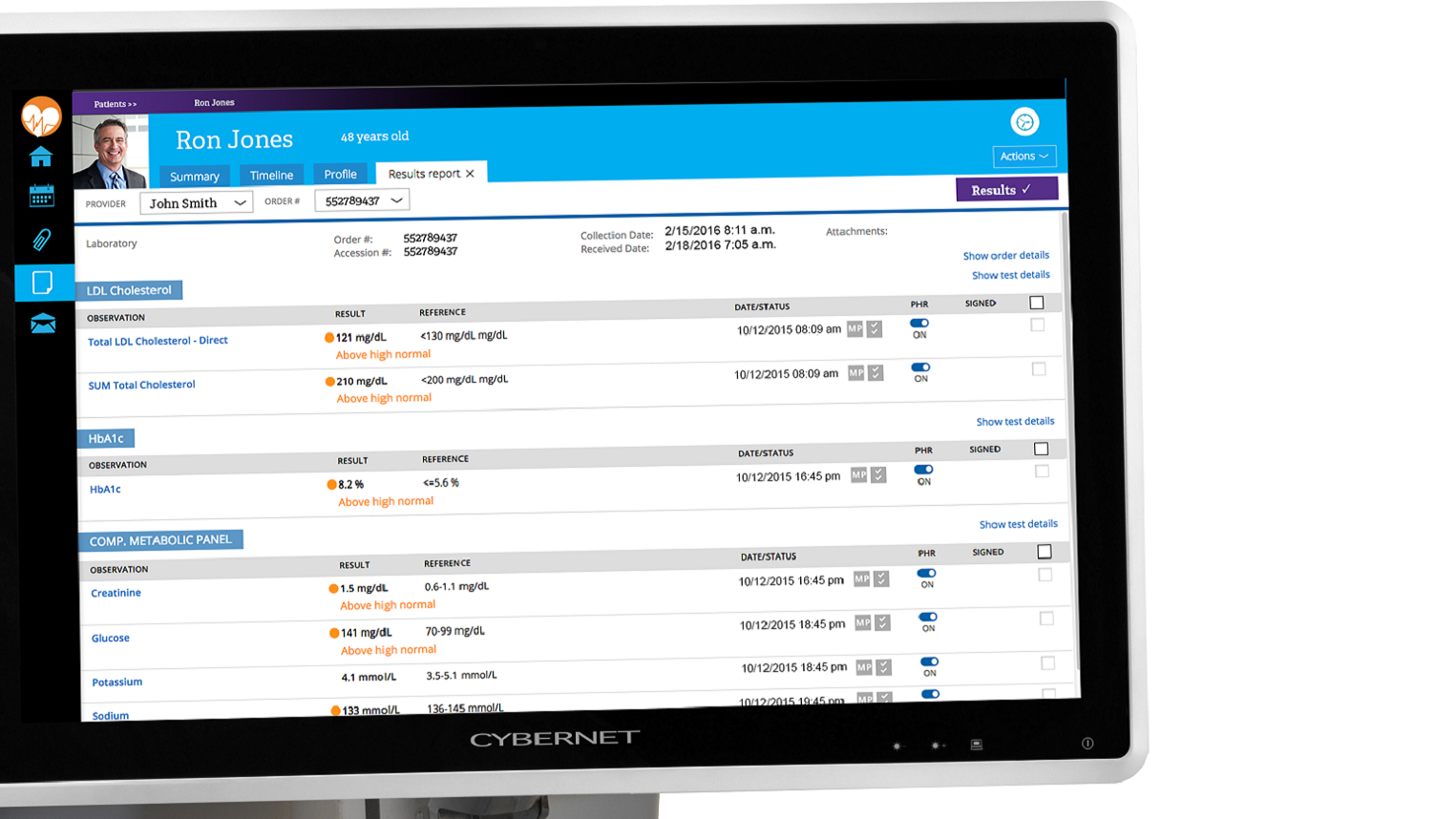Many businesses today can benefit with an upgrade to PCs utilizing touch screen technology. With intuitive application, PCs and tablets equipped with touch screen capabilities allow for more streamlined operations, with less cumbersome wires and attachments. Two touch screen options are commonly available in today’s market: glass covered capacitive touch screens and flexible, plastic screened resistive touch screens.
Both operate differently, offering benefits and limitations, namely in the areas of cost, picture quality, touch sensitivity, and durability. Being mindful of daily operations for touch screen PCs within a particular industry helps steer individuals towards the choice that makes most sense for their unique workplaces.
How They Operate
Capacitive touch screens predominantly work with electrical pulses. Under the capacitive’s glass screen, a conductor, such as indium tin oxide, detects an electrically conductive input, such as a human touch. Sensors identify where on the screen the user touched.
Capacitive touch screen are often referred to as multi-touch screens, as users can often move over a screen, and zoom in and out of an image with simple hand gestures. This is due to the capacitive’s sensitive nature.
Resistive touch screens operate through a combination of pressure and electric currents. Resistive touch screens consist of multiple layers, usually of flexible plastic, each separated by thin spaces. The panel is divided into axis points, each with a voltage divider. When pressure is applied to the surface, electrical currents are completed, indicating the touched location. Resistive touch screens often require a bit more pressure form the user to register touch versus capacitive touch screens.
Touch Screen Comparisons
- Cost and Picture Quality
Since capacitive touch screens use glass versus the flexible plastic of resistive touch screens – and are more complex in nature – they tend to cost more. On the flip side, however, they also produce a sharper, brighter image than their plastic counterpart, whose contrast suffers due to the multiple layers. Also, as mentioned previously, capacitive screens often allow a user to zoom into and out of an image, while resistive screens don’t allow for user-driven image exploration.
If your industry requires use of sharp, clear images, spending the extra money for capacitive touch screens may be ideal for optimal operation, but if you’re merely interested in a medium for communication or simple data entry – say an air traffic controller wanting to call another facility with a one-touch button – then resistive touch screens provide functionality with cost savings.
- Touch Sensitivity
Unlike resistive touch screens, which need sustainable pressure to pinpoint a touch, capacitive touch screens can sense a slight human touch. Yet capacitive touch screens fail to pick up a gloved finger or stylus, both of which resistive touch screens detect with ease.
In work places where everyday users are gloved – for example, hospital operating rooms or restaurant kitchens – resistive touch screens make for a more ideal choice, saving time and frustration from removing gloves for inputs, only to re-don them.
- Durability
The question of durability accounts for day-to day-bumps and residue smears, one cannot predict when a tablet will accidentally fall two stories in a warehouse, but one can predict water encounters will be habitual on a dam engineer’s tablet. It’s important to plan for daily durability and not the worst-case scenario.
The glass covering of capacitive touch screens can be prone to cracks and breaking, making capacitive touch screens less than ideal for hazardous work places where they will easily be jabbed or dropped. The plastic layers of resistive touch screens tend to be more resistant to dust and water, which is an excessive feature for a clean work-space like a receptionist’s office. Careful examination of a work environment will reveal which durability option is required for the longevity of a touch screen product.
Both capacitive touch screens and resistive touch screens streamline data entry into PCs. They each offer pros and cons within the realms of cost, screen clarity, touch sensitivity, and durability, all which may be exponentially better or worse depending on the type of environment within which they will be operated. The elimination of extra wires and attachments makes either touch screen option an ideal choice in any workplace, it’s merely a question of daily application in order to choose an ideal touch screen- glass covered, high image quality, touch sensitive capacitive or durable, gloved-handed compatible, lower cost resistive touch screen.
3 Screen Technologies in Hospitals that Can Alleviate Problems
March 16, 2018
Not all screens are created equal, and that can be easily said for technology in a hospital. Screen tech should vary depending on the purpose the screen in question serves. Some monitors are used in surgical procedures,…
0 Comments6 Minutes
You Can't
Learn from a Pop-up
But we can deliver knowledge to your inbox!
We dive deep in the industry looking for new trends, technology, news, and updates. We're happy to share them with you.
Knowledge, News, and Industry Updates Right in Your Inbox



